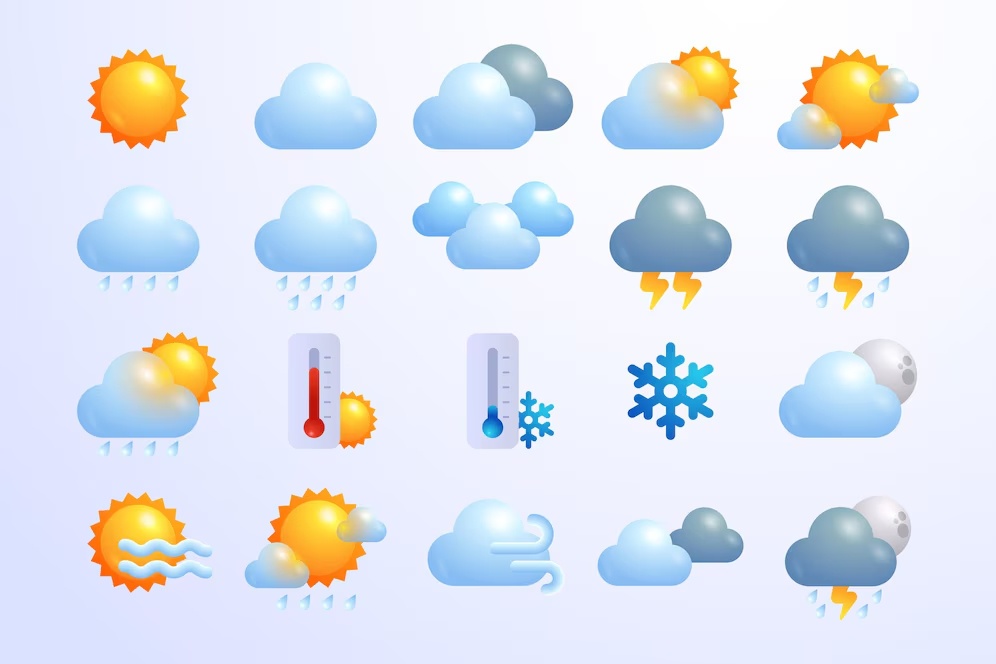Access to real-time weather data is crucial for a myriad of applications ranging from agriculture and transportation to tourism and urban planning. Leveraging REST APIs (Representational State Transfer Application Programming Interfaces) provides a streamlined approach to fetch, process, and integrate real-time weather data into your applications. This practical tutorial will guide you through the process of accessing real-time weather data using REST APIs, enabling you to create dynamic and responsive weather applications.
Understanding the Importance of Real-Time Weather Data
Before diving into the technical aspects, it's essential to grasp why real-time weather data holds such significance. Weather conditions influence various aspects of our daily lives, including outdoor activities, travel plans, and business operations. By harnessing real-time weather data, businesses can make informed decisions, optimize resource allocation, and enhance customer experiences.
Exploring Available Weather APIs
A plethora of weather APIs are available, offering diverse features, data formats, and pricing options. Some popular choices include Weatherstack, Climacell, Weatherbit, and OpenWeatherMap. When selecting a weather API, consider factors such as data accuracy, update frequency, ease of integration, and scalability.
Accessing Real-Time Weather Data with REST APIs
Once you've chosen a weather API that aligns with your requirements, the next step is to access real-time weather data programmatically. REST APIs typically utilize HTTP requests to retrieve data from servers. Using tools like cURL or libraries in programming languages like JavaScript, Python, or Java, you can send HTTP requests to the weather API endpoints and receive JSON responses containing weather information such as temperature, humidity, wind speed, and precipitation.
Integrating Weather Data into Your Application
After fetching real-time weather data from the API, you can integrate it into your application seamlessly. Whether you're developing a weather dashboard, a mobile app, or a web-based tool, incorporating weather data enhances the functionality and utility of your application. Utilize JavaScript frameworks like React or Angular to create interactive weather interfaces that dynamically display current weather conditions and forecasts.
Conclusion
Leveraging REST APIs for accessing real-time weather data empowers developers to create innovative and practical applications that cater to diverse user needs. By following this tutorial and exploring the multitude of available weather APIs, you can harness the power of real-time weather data to build dynamic and responsive weather applications. Stay informed, stay ahead, and unlock the potential of weather data in your projects.


No comments yet